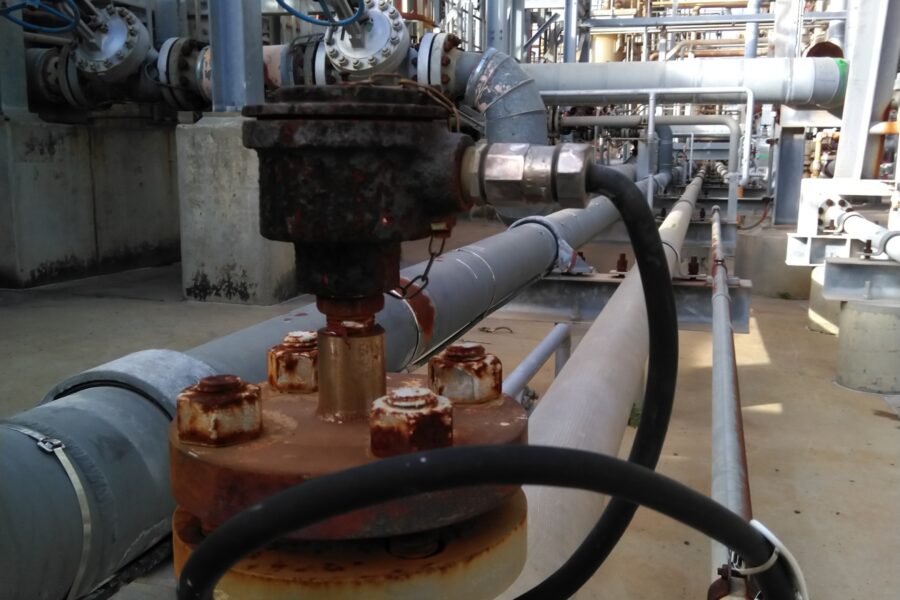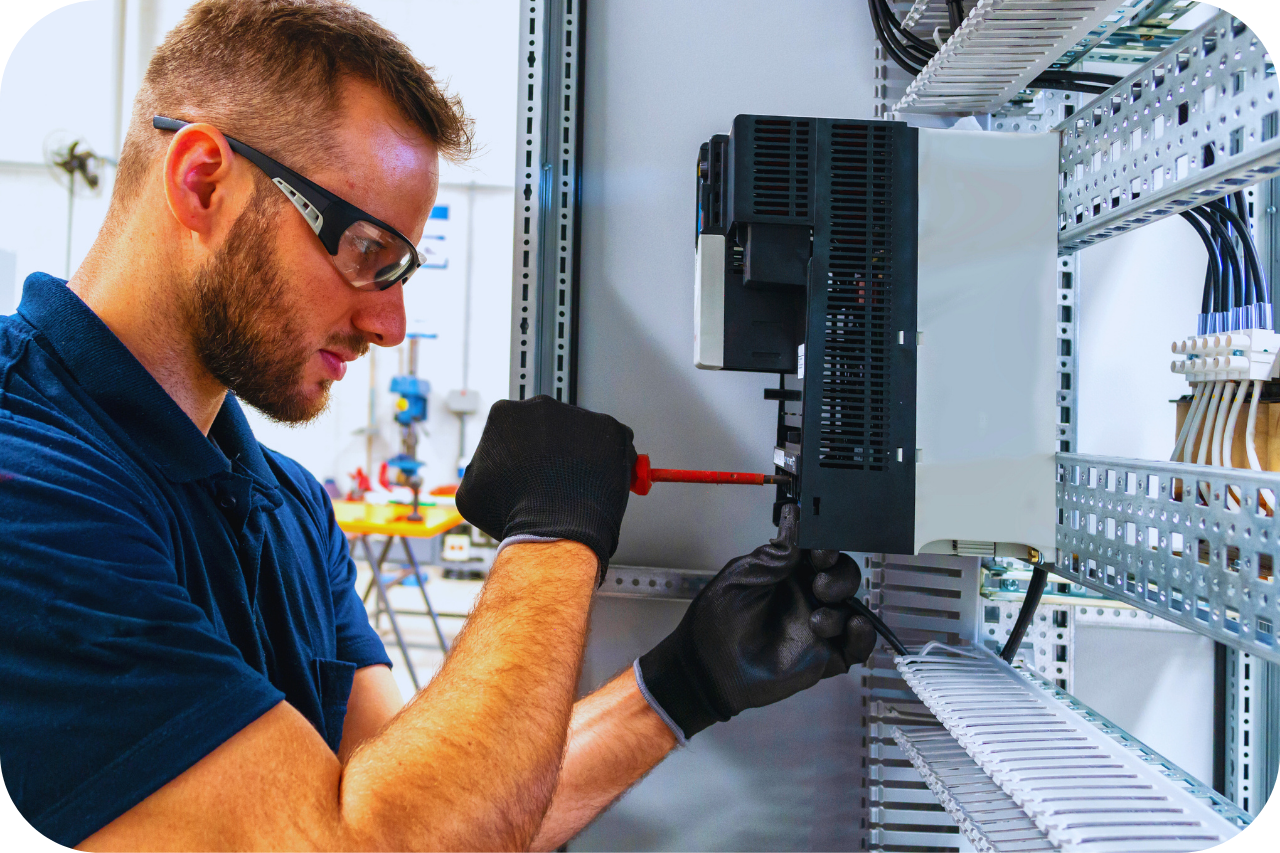Unknown Facts About Roar Solutions
Unknown Facts About Roar Solutions
Blog Article
The Greatest Guide To Roar Solutions
Table of ContentsNot known Incorrect Statements About Roar Solutions Not known Factual Statements About Roar Solutions The Buzz on Roar Solutions
In order to protect installations from a prospective explosion an approach of analysing and categorizing a potentially unsafe area is called for. The objective of this is to ensure the proper selection and installment of devices to inevitably prevent a surge and to make sure security of life.
(https://www.40billion.com/profile/91601565)
No tools must be mounted where the surface area temperature level of the devices is more than the ignition temperature level of the given risk. Below are some typical dirt hazardous and their minimum ignition temperature. Coal Dirt 380C 225C Polythene 420C (melts) Methyl Cellulose 420C 320C Starch 460C 435C Flour 490C 340C Sugar 490C 460C Grain Dust 510C 300C Phenolic Material 530C > 450C Aluminium 590C > 450C PVC 700C > 450C Soot 810C 570C The chance of the threat existing in a concentration high enough to trigger an ignition will vary from area to location.
Harmful location electric devices possibly made for usage in greater ambient temperature levels. Area Repair By Authorised Personnel: Complicated testing might not be called for however particular procedures might require to be complied with in order for the devices to preserve its third party rating. Each piece of tools with a hazardous ranking need to be reviewed individually.
Roar Solutions Fundamentals Explained
The tools register is a detailed data source of tools documents that consists of a minimum collection of fields to identify each product's place, technological specifications, Ex-spouse category, age, and environmental data. This information is essential for monitoring and taking care of the devices effectively within harmful areas. In contrast, for regular or RBI tasting inspections, the quality will certainly be a combination of Detailed and Close examinations. The ratio of Detailed to Shut inspections will be established by the Equipment Danger, which is examined based upon ignition risk (the likelihood of a source of ignition versus the probability of a combustible atmosphere )and the harmful area category
( Area 0, 1, or 2). This variation will likewise influence the resourcing demands for job preparation. As soon as Lots are defined, you can create sampling plans based upon the example size of each Lot, which refers to the variety of random equipment products to be inspected. To figure out the called for example size, 2 aspects need to be reviewed: the dimension of the Lot and the category of evaluation, which suggests the level of effort that should be used( lowered, normal, or boosted )to the examination of the Whole lot. By combining the category of assessment with the Lot dimension, you can then establish the appropriate being rejected criteria for an example, suggesting the allowed number of faulty things located within that example. For even more information on this process, please describe the Power Institute Standards. The IEC 60079 typical advises that the maximum period between examinations must not go beyond 3 years. EEHA evaluations will likewise be carried out beyond RBI campaigns as part of arranged upkeep and devices overhauls or repair work. These evaluations can be credited towards the RBI sample sizes within the affected Great deals. EEHA inspections are carried out to determine mistakes in electrical devices. A weighted racking up system is essential, as a solitary wikipedia reference tool may have numerous mistakes, each with differing degrees of ignition danger. If the consolidated score of both assessments is much less than two times the fault rating, the Great deal is considered acceptable. If the Whole lot is still considered unacceptable, it has to undergo a complete examination or reason, which might set off stricter inspection protocols. Accepted Whole lot: The sources of any kind of faults are identified. If an usual failure setting is discovered, added equipment might need inspection and repair service. Faults are identified by intensity( Safety and security, Stability, Housekeeping ), guaranteeing that immediate problems are analyzed and dealt with quickly to mitigate any influence on security or operations. The EEHA data source should track and videotape the lifecycle of mistakes along with the rehabilitative activities taken. Implementing a robust Risk-Based Assessment( RBI )strategy is important for making certain conformity and safety in handling Electric Devices in Hazardous Locations( EEHA) (eeha certificate). Automated Fault Scoring and Lifecycle Administration: Easily take care of faults and track their lifecycle to enhance evaluation accuracy. The introduction of this assistance for risk-based examination additionally reinforces Inspectivity's placement as a best-in-class remedy for regulatory compliance, as well as for any asset-centric evaluation usage situation. If you have an interest in discovering more, we invite you to request a presentation and uncover exactly how our option can change your EEHA monitoring procedures.
Our Roar Solutions PDFs

In terms of eruptive risk, a dangerous area is an environment in which an eruptive ambience exists (or might be anticipated to be present) in amounts that call for unique safety measures for the construction, installment and usage of devices. Roar Training Solutions. In this write-up we explore the difficulties faced in the work environment, the threat control procedures, and the required expertises to function safely
These substances can, in certain problems, create eruptive environments and these can have significant and terrible repercussions. Many of us are acquainted with the fire triangular remove any kind of one of the three elements and the fire can not happen, but what does this mean in the context of harmful locations?
In the majority of circumstances, we can do little concerning the levels of oxygen in the air, but we can have substantial influence on resources of ignition, as an example electric tools. Hazardous locations are recorded on the unsafe location category drawing and are determined on-site by the triangular "EX LOVER" indication. Right here, among various other key information, zones are split into three kinds depending upon the danger, the likelihood and duration that an explosive ambience will exist; Zone 0 or 20 is deemed the most hazardous and Zone 2 or 22 is deemed the least.
Report this page